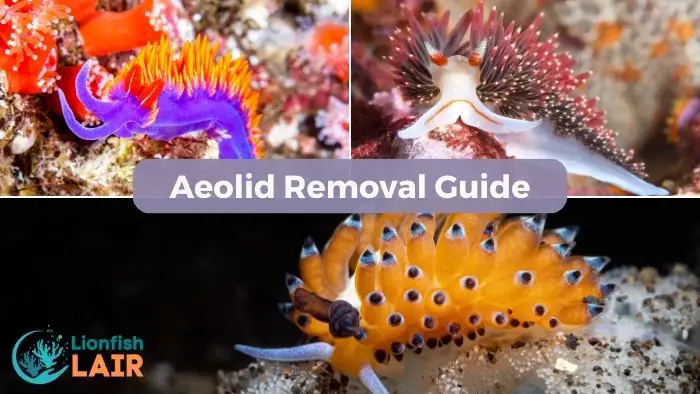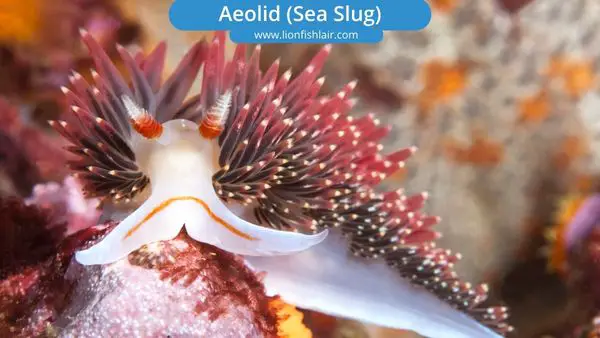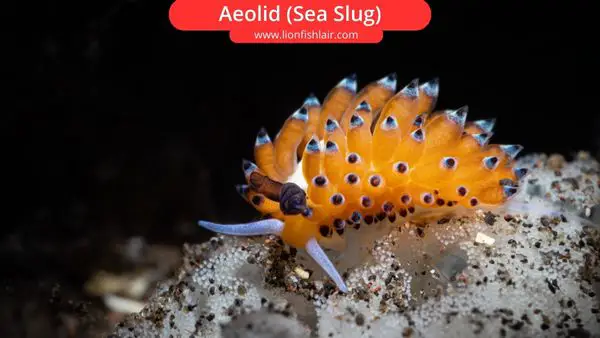When caring for our home aquarium, there are certain pests that you never want to find crawling among the rocks and corals of your tank - and the zoa-eating nudibranch is one of them.

This little parasitic creature is known to invade marine tanks, where it will begin to feed on your corals. If you see one of these nasty critters in your aquarium, then you should remove it immediately.
Down below we have created a helpful guide that covers everything you need to know about the zoa-eating nudi - from its appearance to how you can safely remove it from your fish tank. If you think you have a nudi in your aquarium, then this guide has everything you need to help you out.
What Is An Aeolid?
In the world of aquarium care, the aeolid (otherwise known as the zoa-eating nudi) is a parasitic mollusc that belongs to a taxonomic clan of the sea slug species. There are several varieties of aeolid in existence, with each species being known for its vibrant colors, carnivorous appetite and toxic properties.

One species of aeolid can be considered a positive addition to the aquarium, and this species is called the Berghia Verrucicornis. The berghia is favored among aeolids because it has been known to eat aiptasia - a species of sea anemone that can overtake your tank.
All aeolids are similar in appearance, and the risk they pose is so great that you should remove them regardless of species.
What Do Aeolids Look Like?
The zoa-eating nudibranch will often look like a small and frilly slug that will appear on your corals or the inside of your tank. The nudibranch family has common distinguishing features, and that is the presence of these frilly appendages that run up and down the aeolid’s body.

These fleshy appendages are used by the aeolid to defend themselves from attackers, the frills also contain an extension of the aeolid’s digestive system. The sea slug uses these tassels to consume the nematocysts that can be found in aquarium corals - such as zoantharia.
How To Identify Aeolids
Aeolids will primarily feed upon the zoantharia in your aquarium, which can be damaging to the underwater environment you have created for your fish and crustaceans.
You will be able to identify an aeolid infestation when your zoantharia polyps appear irritated or open less regularly during the day. Eventually, the colony will begin to disappear and the zoantharia will die.
How to Remove Aeolids
There are various ways you can remove aeolids from your aquarium without damaging the fish and corals. If you have an adult aeolid in your tank then you can study the following steps. However, if you have discovered aeolid eggs, then there is very little you can do to rid your tank of infestation.

Removing Aeolids:
- Remove 3-4 cups of water from your aquarium tank and place it into a bowl.
- Add 4 drops of FWE (flatworm exit) to the bowl.
- Place the infested coral in the bowl for 15 minutes, making sure it is fully submerged.
- Turn the coral upside down and shake it when you are nearing the end of the time frame.
- Place the infested coral in unmedicated water for a further 15 minutes and shake again before removing.
- Place coral back into your aquarium in an area with high flow to wash away any residue.
- Repeat the process 2 weeks later to attack any eggs.

